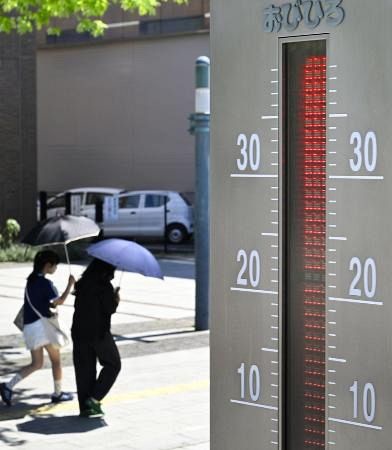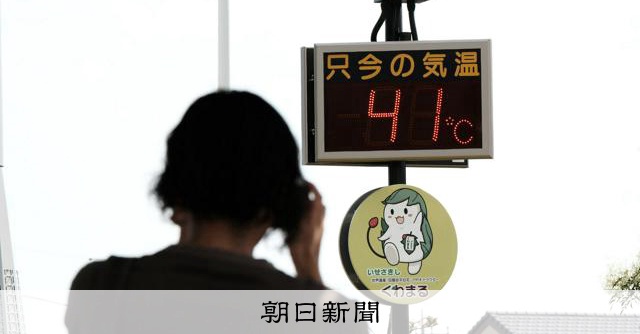Overview
- The analysis found that July 24’s 39 °C in Kitami and July 30’s 41.2 °C in Tanba were rendered virtually impossible under natural climate variability.
- Human-induced warming boosted the probability of such extreme heat in northern Japan by a factor of 34.
- Models estimate that without anthropogenic warming, those temperatures had just a 0.0087% chance nationwide and a 0.1% chance in Hokkaido.
- Atmospheric drivers included an unusually tall Pacific high-pressure dome reinforced by a European jet stream intrusion and active convection east of the Philippines.
- Scientists used event attribution methods comparing climate simulations with and without greenhouse-gas emissions to quantify the warming’s impact on the heatwave.


